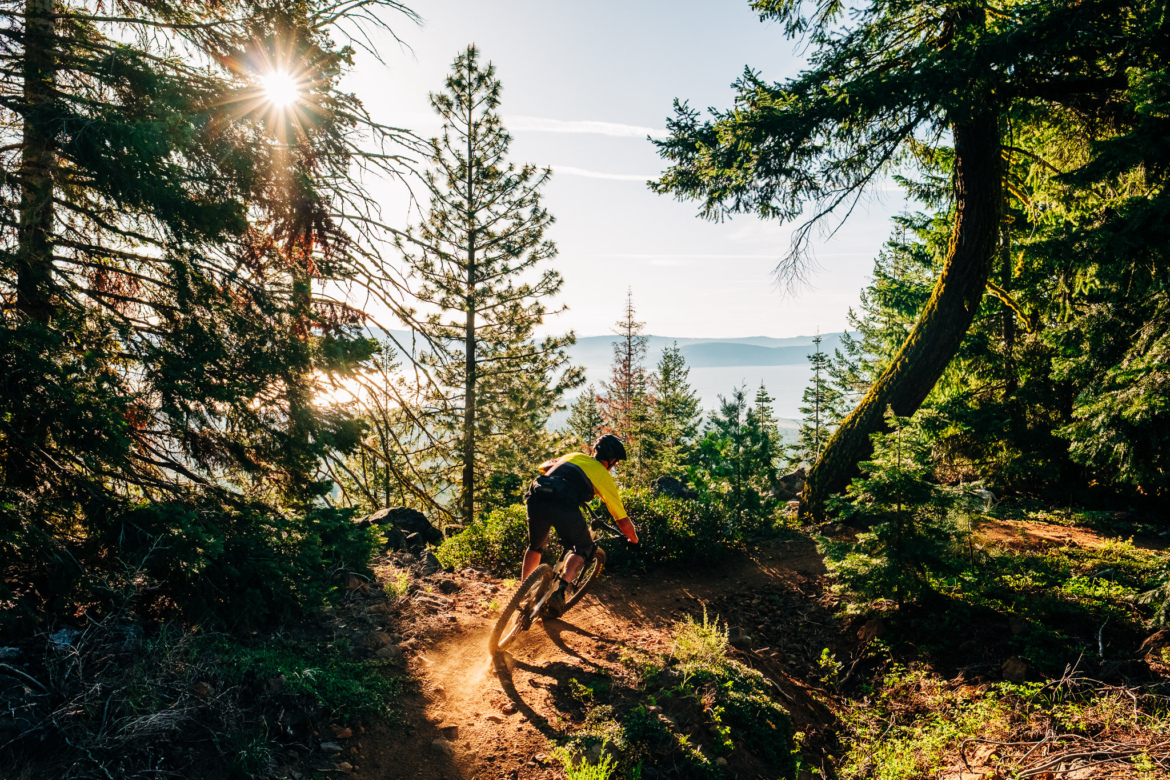
Drew Honzel used to watch trucks loaded up with bikes stop for gas in the southeast Oregon community of Klamath Falls en route to the mountain bike mecca of Bend and wonder what it would take to get a few of them to stop and recreate.
Although well-known in birding circles—the city sits in the Klamath Basin, one of the largest freshwater wetlands west of the Mississippi—Klamath Falls was not on the life lists of many cyclists. And outside of a network of user-built trails at Moore Park on the edge of downtown, local mountain bikers had to travel to Ashland, Bend, or the Umpqua to get their singletrack fix.
“We wanted to build a network that would attract the hundreds, if not thousands, of cars that were driving right by us on Highway 97,” said Honzel, a longtime resident and founding board member of Klamath Trails Alliance (KTA).
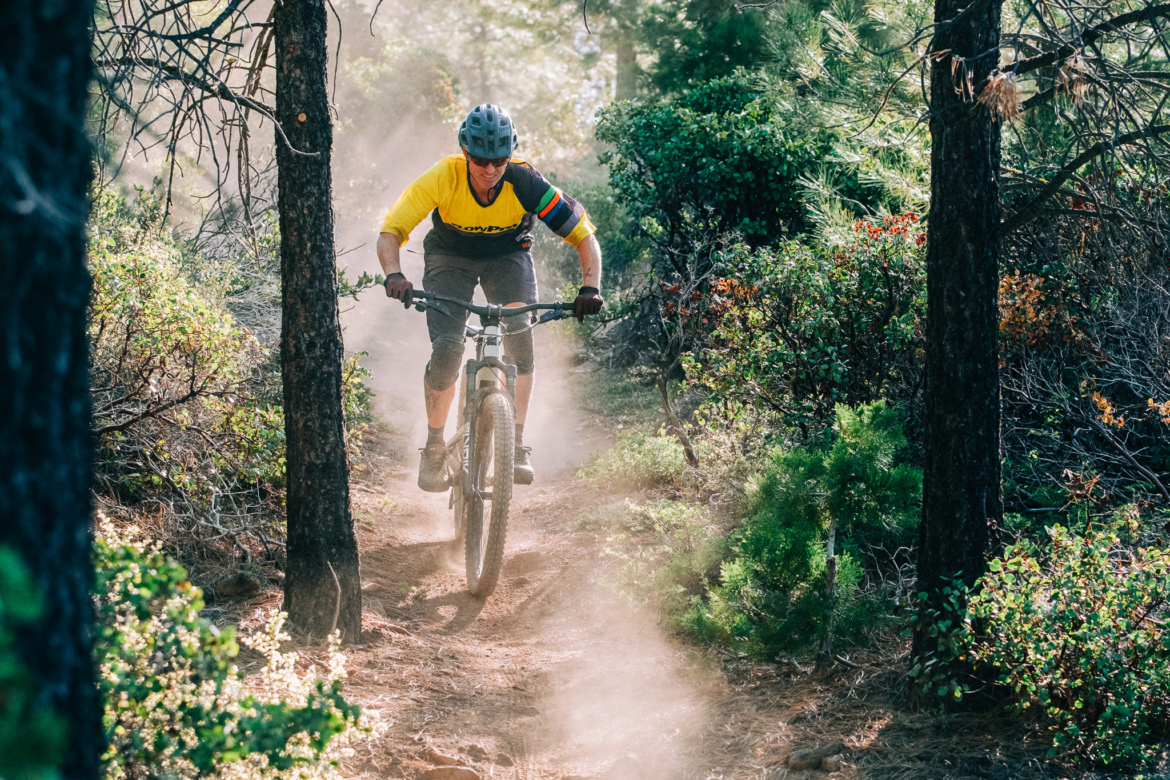

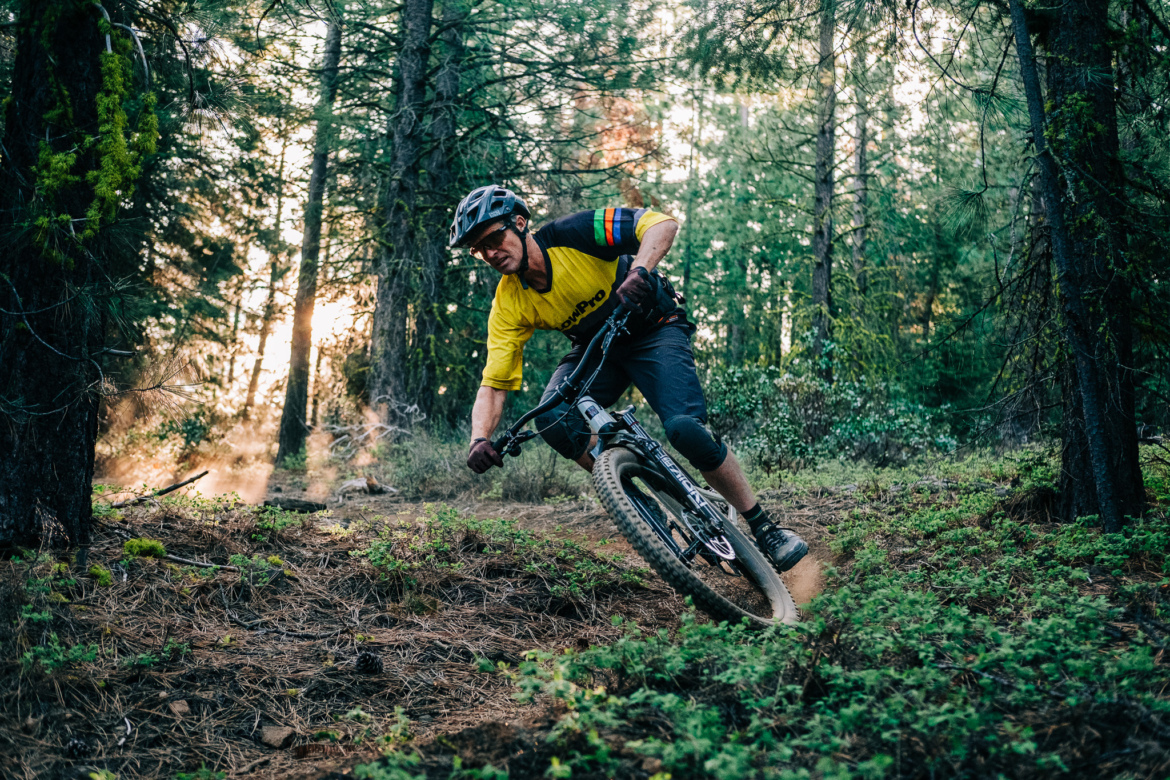
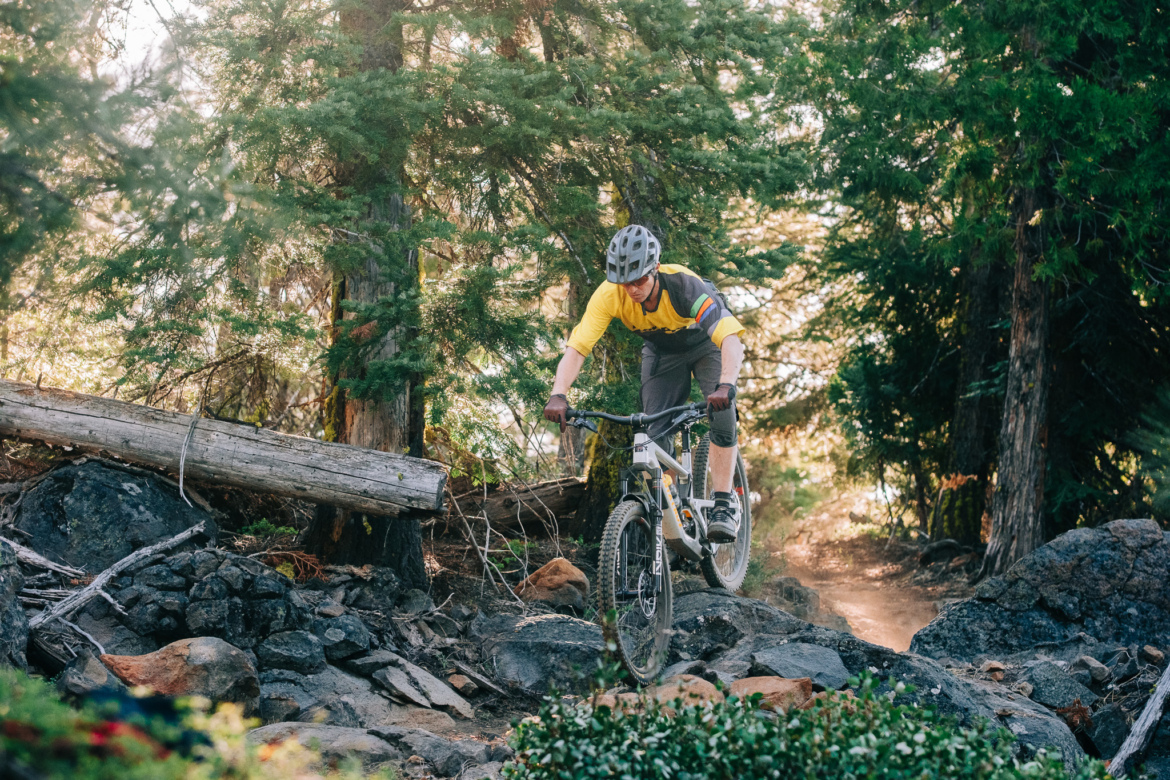
Building rocky trails on Spence Mountain
At a trails conference in Bend in 2012, Honzel ran into Paul Thomasburg, co-founder of the Central Oregon Trail Alliance and Mountain Bike Hall of Fame inductee. The two set their sights on a 7,500-acre private parcel on Spence Mountain, a mass of volcanic rock and steep timber surrounded by Klamath Lake on three sides. Thomasburg’s initial vision emphasized Spence’s unique qualities: big lake views and big, chunky rock. Using Lidar and desktop mapping programs, Thomasburg sought out rock outcroppings and other terrain features in the timber that would make ideal inflection points on the trails, which would be built with an intentionally old-school feel.
In 2013, JWTR, the private landowner, approved KTA’s proposal to build a 21-mile trail network. Honzel and the KTA committed to raising money to hire pros rather than relying on volunteer labor, and their fundraising paid off when the Bend-based Dirt Mechanics broke ground on the first miles of the South Ridge trail in 2014.
Paul Lissette, the owner of Dirt Mechanics, had extensive experience working with volcanic chunder: he built many of the signature trails at Bend’s Mt. Bachelor Bike Park, including the iconic and Instagram-famous Redline. An inveterate experimenter, Lissette (affectionately known as “Kiwi Paul” for his New Zealand roots) challenged himself to build the black-diamond North Ridge, a tech trail with numerous non-negotiable rock rolls and drops, using a mini-excavator.
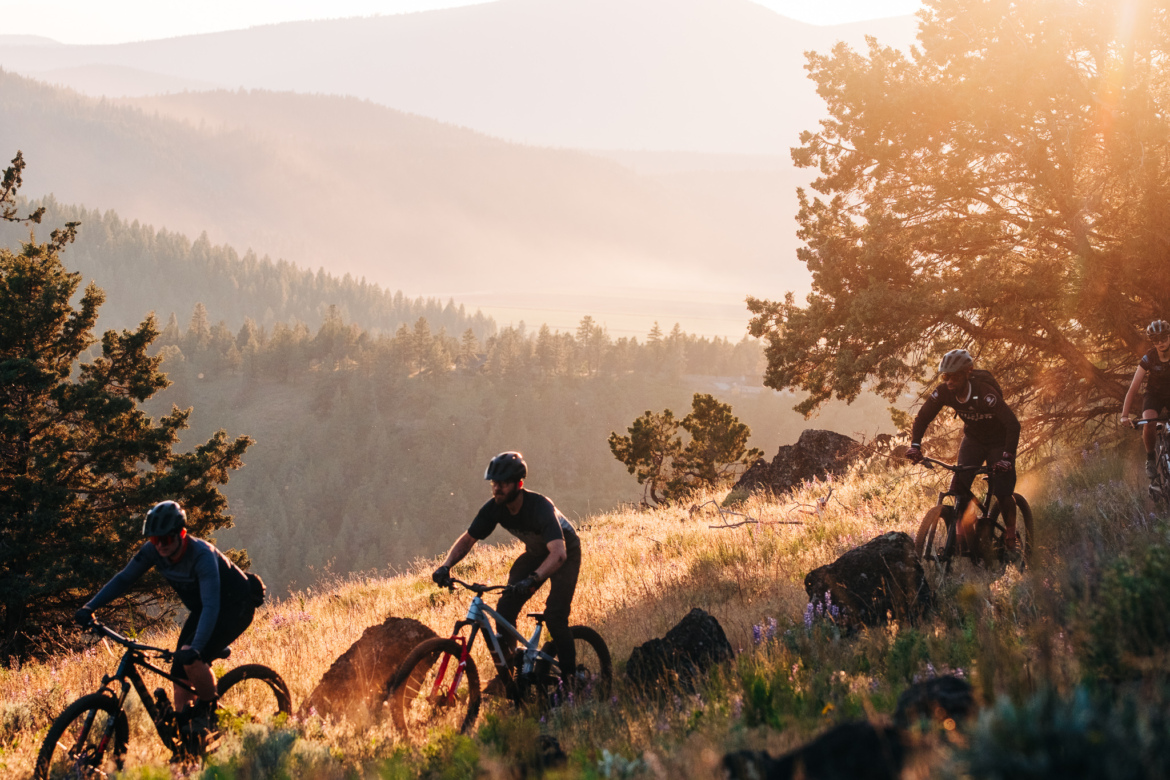
“North Ridge was the burliest, steepest, chunkiest terrain I’d ever worked on to that point,” said Lissette. Several sections were so steep that Lissette had to build an alternate trail for the mini-ex to get down the pitch and then build back up the flag line. At other points, he secured the machine to trees to rappel the mini-ex down the slope.
“That trail was the first time I had ever used 10,000-pound tow straps to tie myself in,” said Lissette. “Because if I fell, it wouldn’t just be a little oopsy daisy.”
A machine-built trail that feels as raw as the most rogue North Shore lines, North Ridge has a bit of it all: sniper-like rock drops, tabletops and doubles, and some hand-taxing tech in volcanic ballast. The black-diamond Nighthawk, likewise, layers on the cobble while allowing riders to find a rhythm that will skip them over the stonework.
Although Spence Mountain has begun to develop a reputation in the region for steep, technical riding, KTA and the build crews have also developed a network of green and blue trails in the Shoalwater Bay area that highlight the smooth riding qualities of the rich volcanic soil rather than rock. Elsewhere on the mountain, the black-diamond Speed King boasts one of the state’s best jump lines outside of a bike park. Speed King, North Ridge, Nighthawk, and others also highlight one goal of the trails plan: to emphasize directional trails to reduce user conflicts and foster a feeling of solitude.
KTA and its contractors have completed 57 of 70 planned miles at Spence. The final phase will add a mix of green, blue, and black trails to the map, including some more signature Spence black tech.
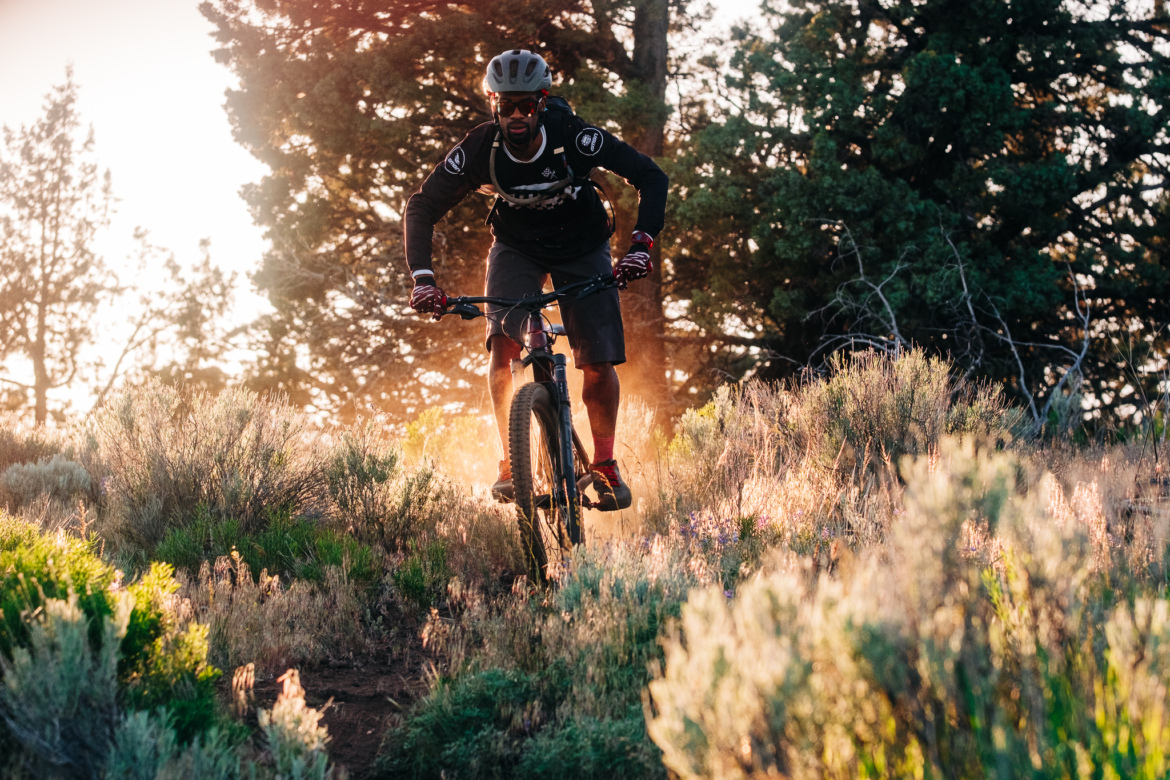
Spence Mountain has been protected for future generations
In 2022, the Trust for Public Land purchased the 7,500-acre Spence Mountain parcel and deeded it to the county, ensuring public access in perpetuity. The trail network has become a source of community pride.
“The community has been super supportive, which is not always the case,” said Honzel. “Discover Klamath (the local tourism organization), county leadership, the city, they’re totally for what we’re doing.”
“Drew is so entrenched in the old-school Klamath Falls community and knows a lot of people, so it’s easier for him to get support,” said Lissette. “He’s a grant-writing, money-raising machine.”
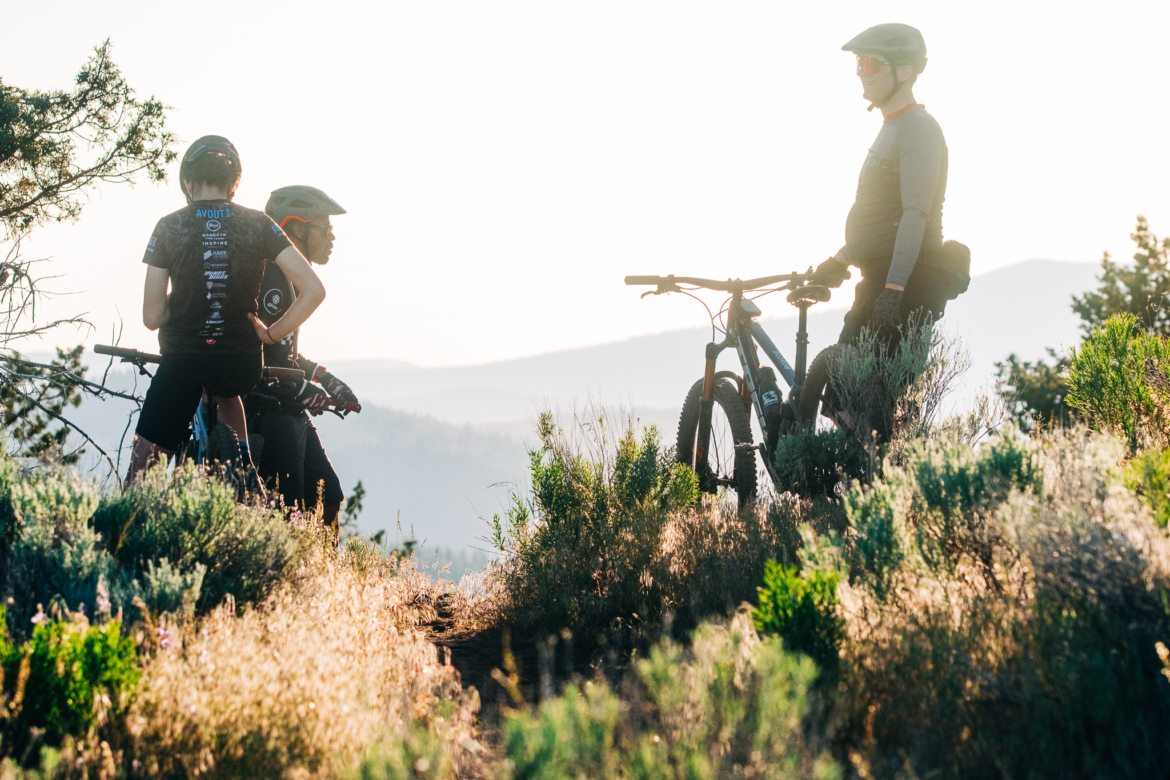
Spence Mountain averages 9,200 recreation visits annually, four in 10 of whom are non-residents. The county estimates the economic impact of those out-of-area visitors is $870,000 a year; local business owners have reported a surge of Sprinter vans and tailgate pads downtown.
“I’ve run into crews where half are coming up from the Bay Area and and half down from Portland, and they are meeting at Spence,” said Lissette. Visiting mountain bikers have reached out, unbidden, to Lissette and Honzel raving about how the Spence Mountain trails encouraged them to extend their stays in Klamath Falls.
Coupled with the in-town, old-school singletrack of Moore Park and the backcountry Brown Mountain loop near Lake of the Woods west of town, Spence Mountain has helped transform Klamath Falls from a mountain biking way-station to destination, and in doing so, the city has become a stopover for migrating mountain bikers in the same way the lake has for shorebirds.


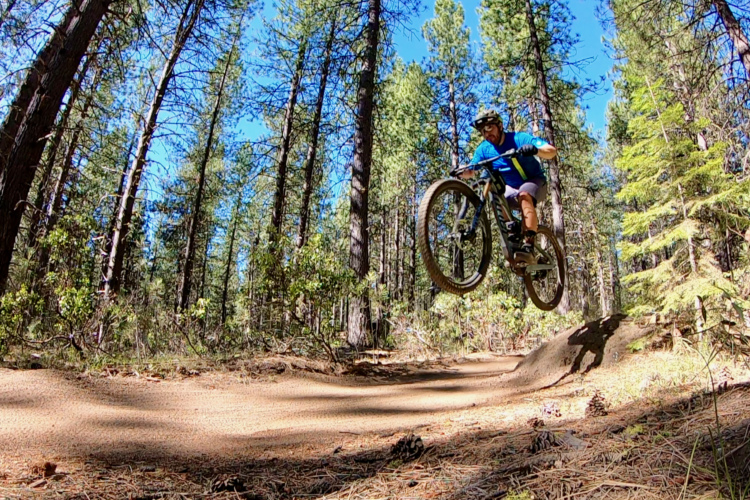
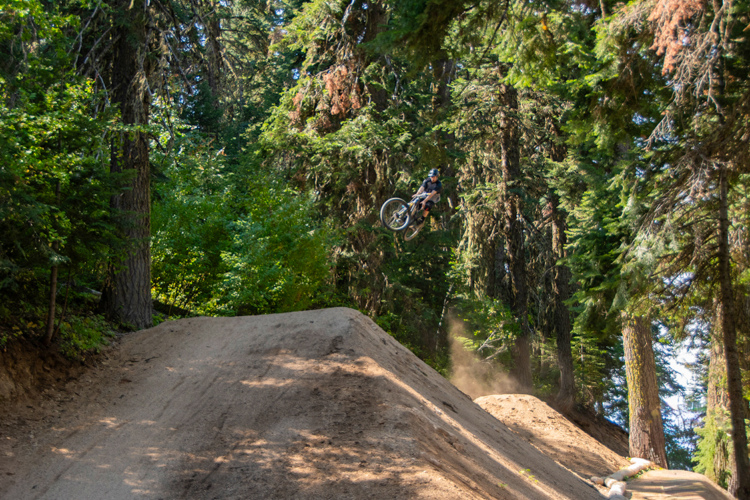
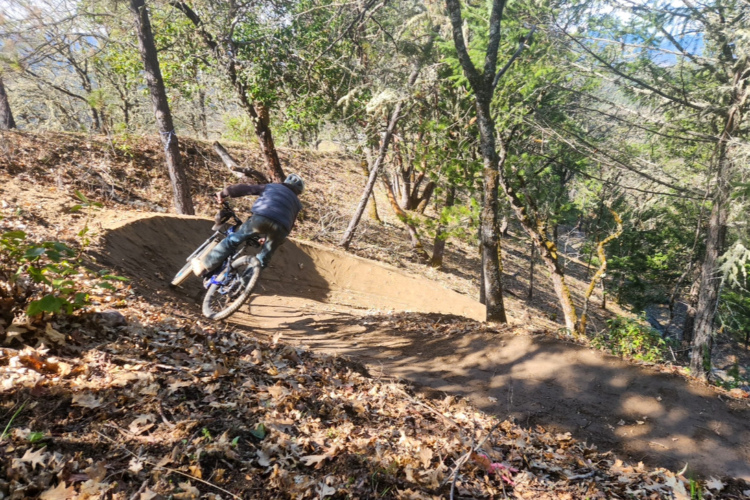

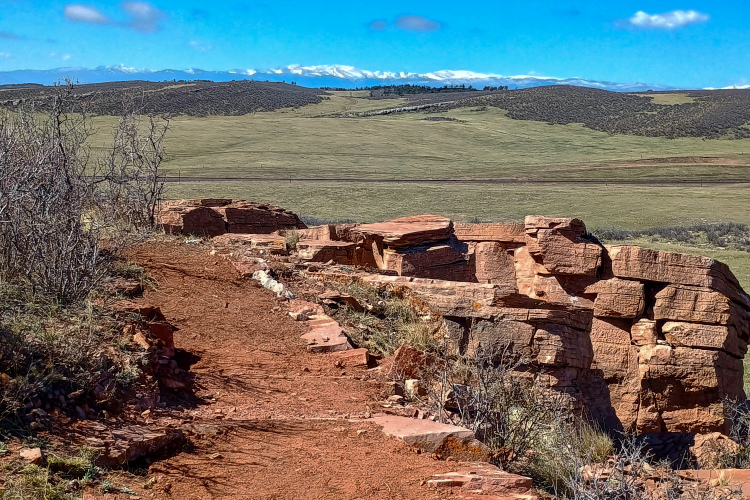

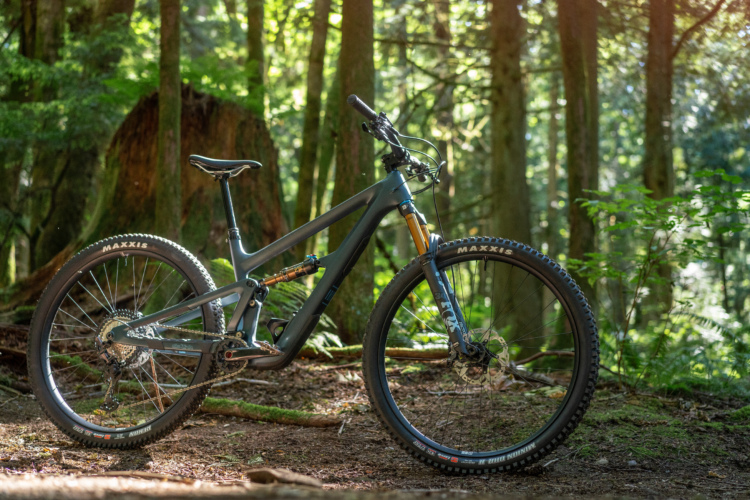
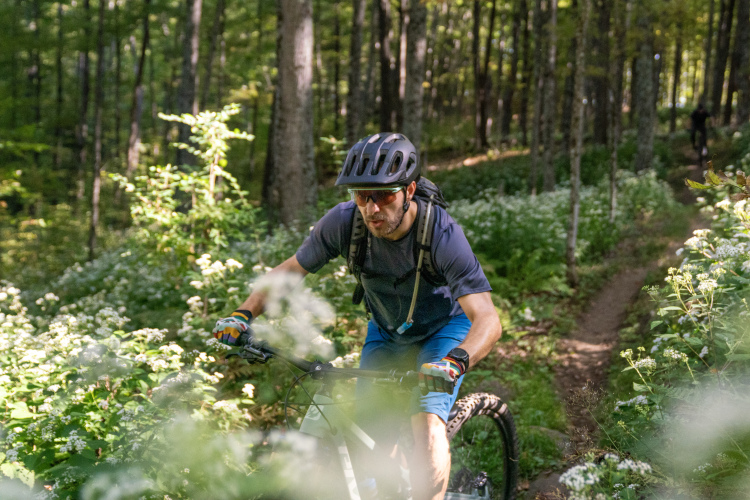

2 Comments
Jul 30, 2025
Aug 2, 2025